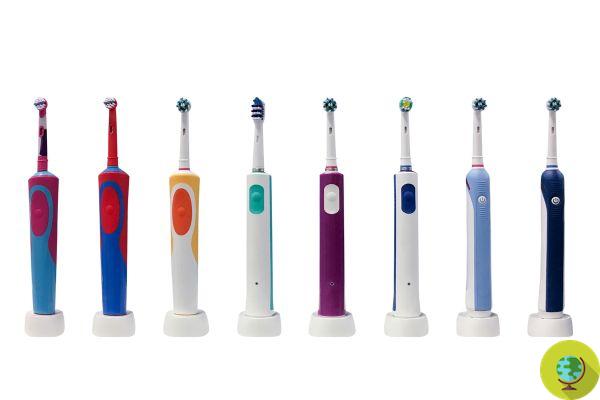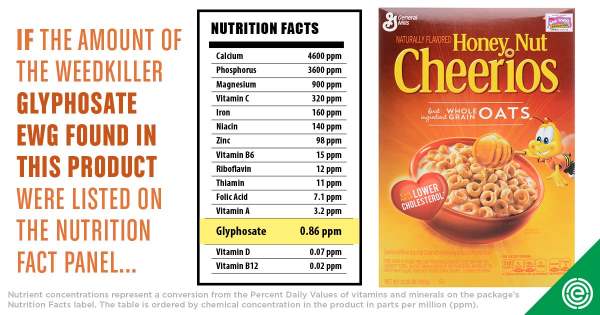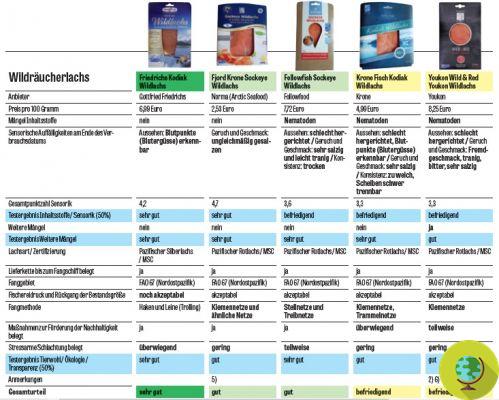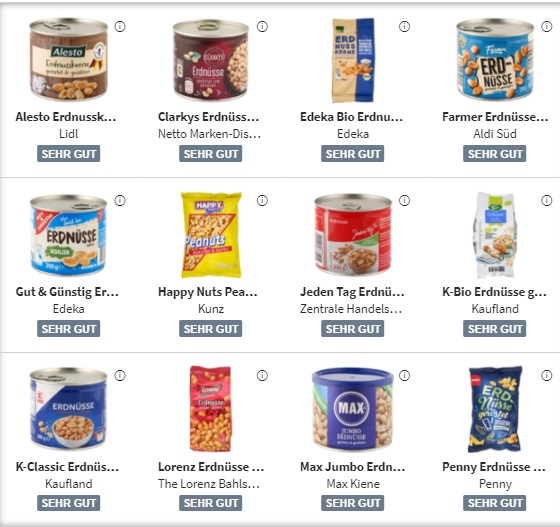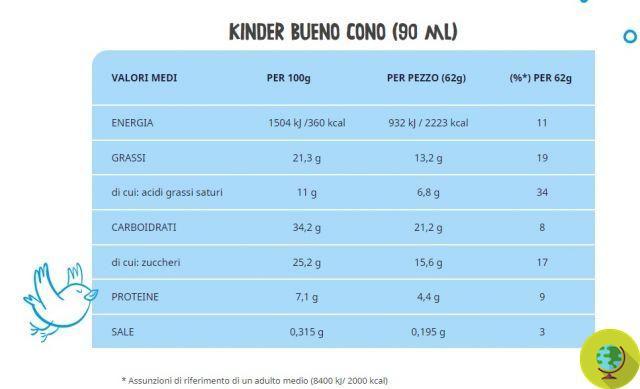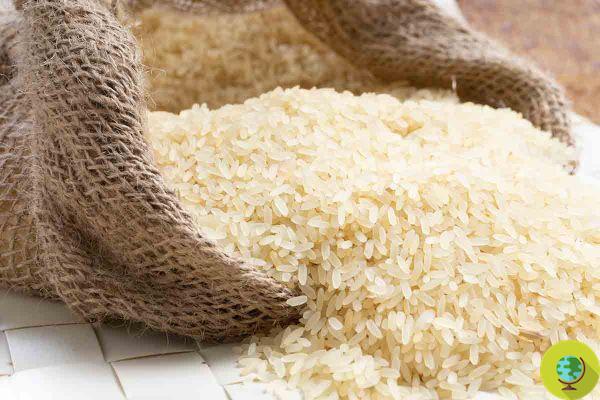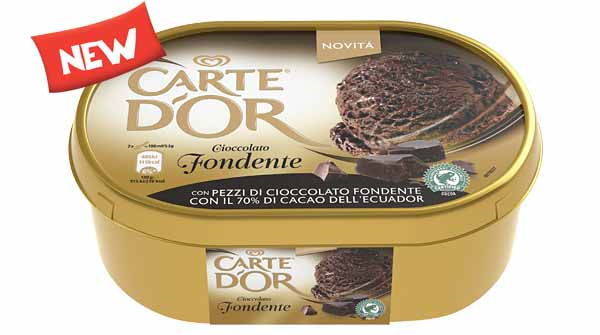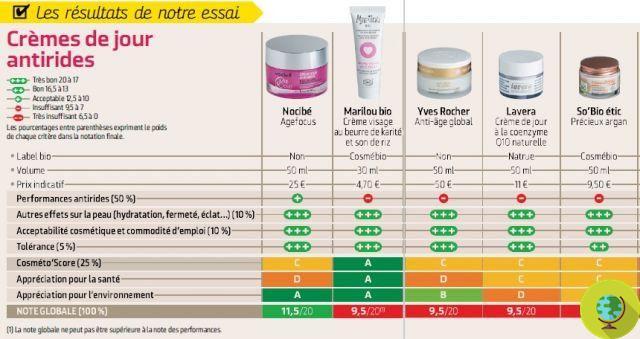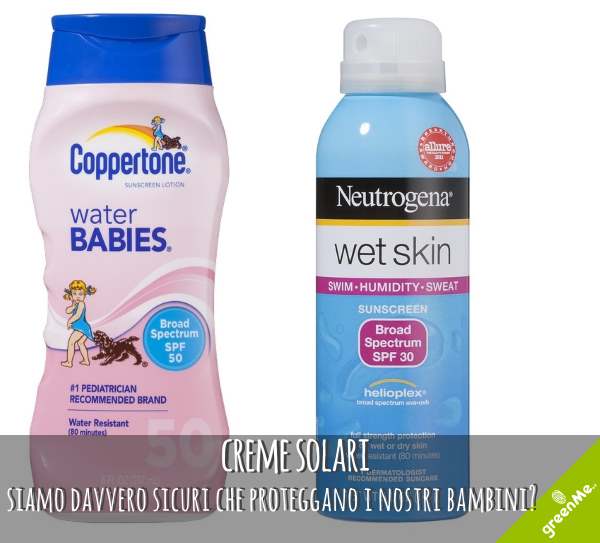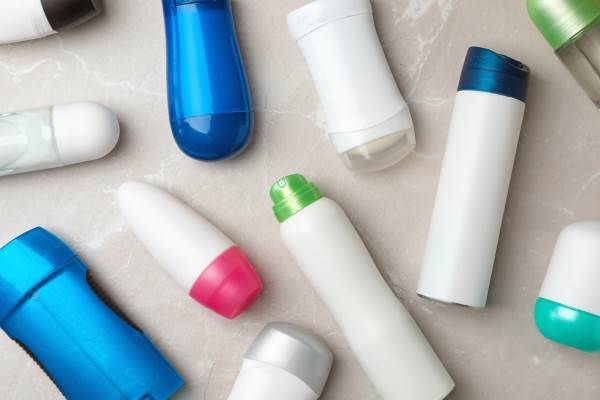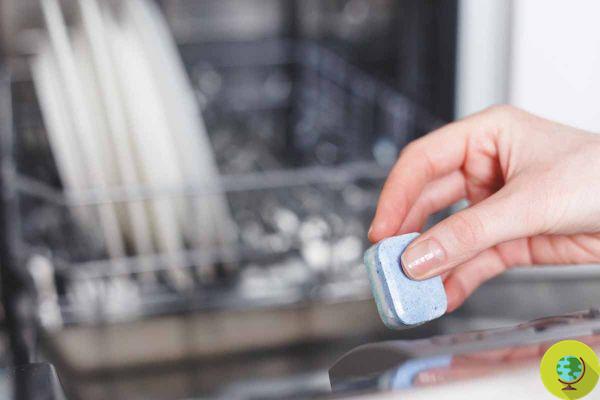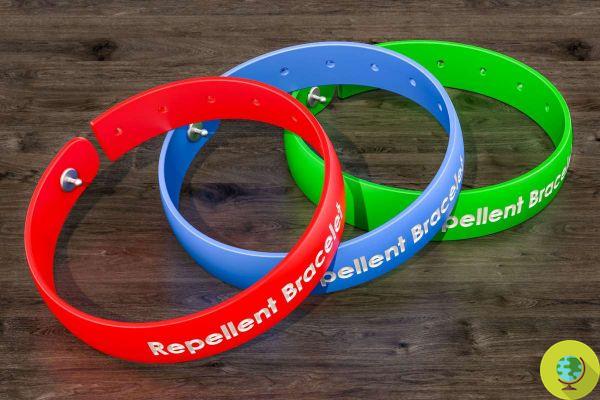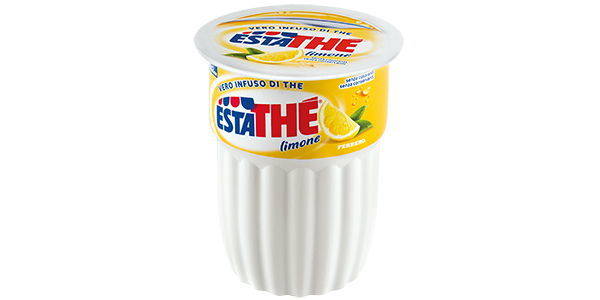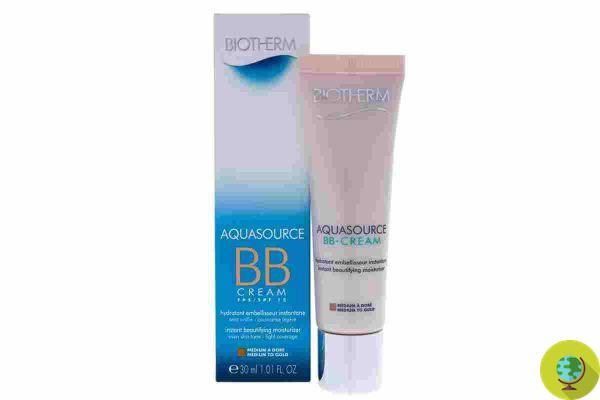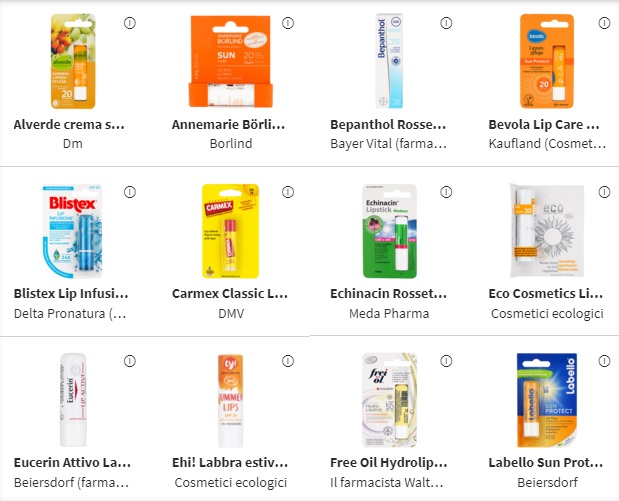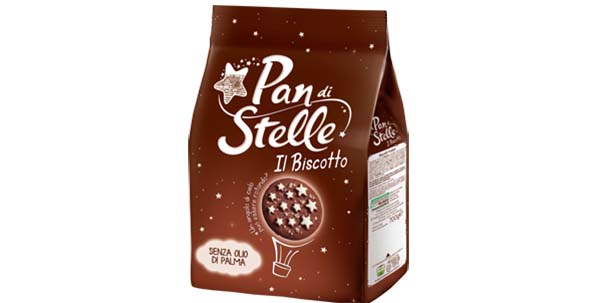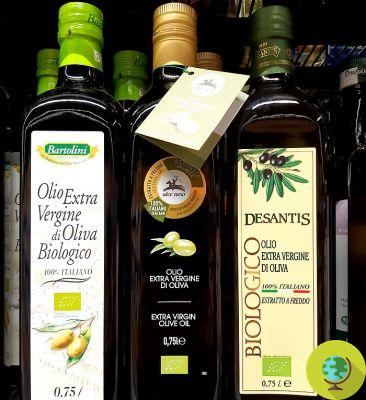 Don't store avocado like this: it's dangerous
Don't store avocado like this: it's dangerous
From the color of the bottles to the price, some simple tricks to buy a good extra virgin olive oil at the supermarket
Extra virgin olive oil is a product that we all always have at home and that we just can't do without. The flagship of the Mediterranean diet, the so-called extra virgin olive oil is available on the shelves in different varieties, brands and formats. But not all are the same, so here are some simple tips to choose it best.
We have talked many times about the benefits of extra virgin olive oil, proven several times by science. It is important to know the properties of our favorite oil but equally important, if we want to enjoy its benefits, it is also to choose a quality and well preserved product. The best thing, of course, is to buy a quality one from the trusted farmer or better still, for those who have the possibility and the olive groves, to self-produce it, but if we are forced to buy it in large retailers, what to pay attention to? The price is certainly the first element that attracts attention, but in the case of green gold, it is always advisable to evaluate the offers and never go below a certain price.
The choice of oil may therefore not be simple. Consider, among other things, that some oils sold in the supermarket, labeled as "extra virgin", resulted from some tests instead only "virgin". (Read also: Olive oil, almost half of it is not really extra virgin. Monini and Bertolli the two best)
This "declassification" may have occurred due to factors such as exposure to light and air of the oil but also for the simple passage of time, all circumstances that favor the oxidation of the oil (also decreasing its polyphenol content ) and the loss of some of the characteristics that qualify it as extra virgin olive oil.
Recent studies have confirmed that factors such as oxygen, temperature and light exposure can lead to oil degradation. Research published in the Journal of Food Quality found that even in oil varieties with high levels of antioxidants (such as olive oil), oxidation can occur due to external factors.
Given that the polyphenols present in extra virgin olive oil help to give it many of its benefits, the goal is to buy a product with a high content of these substances.
How to do? Here are 3 simple tips.
Index
Read all the details on the label
Often the year of collection and production of the oil is not written on the label, an important indication for us consumers, as knowing when the oil was produced helps us to understand how much time is left on the shelf and therefore the risk. that it has lost part of its polyphenol content.
However, on the label we can always see if there is the organic mark and the possible presence of the DOP or IGP denomination.
As Armando Manni recalls:
The DOP designation guarantees that the products are grown and packaged locally. It is a guarantee that the food was made by local farmers and artisans, using traditional methods. Both denominations provide a guarantee of quality and indicate where the oil comes from.
Choose dark and opaque bottles
Often, and it is a good habit, we stop to read the labels but in the case of oil it is also very important to choose a product packaged with a suitable bottle. Never buy an oil in a transparent container, more easily exposed to the sun's rays and therefore to the oxidation we were talking about above. To keep the oil properly, it needs a dark and opaque bottle.
Still with regard to the bottle, it is good not to be tempted to buy one that is too large in an attempt to save money, in fact these risk staying at home for a very long time before being used and therefore the oil could more easily deteriorate. It is therefore better to choose, when possible, smaller bottles or buy large ones, but transfer part of the oil in a small bottle and keep the rest tightly closed in a dark place to minimize exposure to light and heat, thus avoiding that it loses its characteristics.
Check for sediment
If sediments are seen at the bottom of the oil bottle, it is better to choose something else. On the one hand, as we have already said, if the bottle in which the oil is stored allows you to see inside, it is not the best to choose, but the sediment itself is also a feature to be avoided.
As stated by the oil producer Armando Manni:
If you find sediments in the bottle of extra virgin olive oil, it means that the oil has not been filtered. If the oil is not filtered (or not filtered properly), it will accelerate the natural oxidation of extra virgin olive oil.
One last, important piece of advice
One last piece of advice is to be wary of too low prices and above all, when possible, to buy extra virgin olive oil directly from the producer, even better if the oil is from organic farming. (Extra virgin olive oil: here's why you should be wary of low-cost offers)
Follow us on Telegram | Instagram | Facebook | TikTok | Youtube
Fonti: Journal of Food Quality
Read all our articles on extra virgin olive oil:
-
Extra virgin olive oil, hydrocarbons and plasticizers detected. The best and worst BRANDS
-
Olive oil: differences and how to choose the best
-
Extra virgin olive oil: the list of rejected brands
-
False extra virgin olive oil: here are the companies that do not pass the tests
-
The scam of olive oil sold as extra virgin. How to choose which one to buy?




